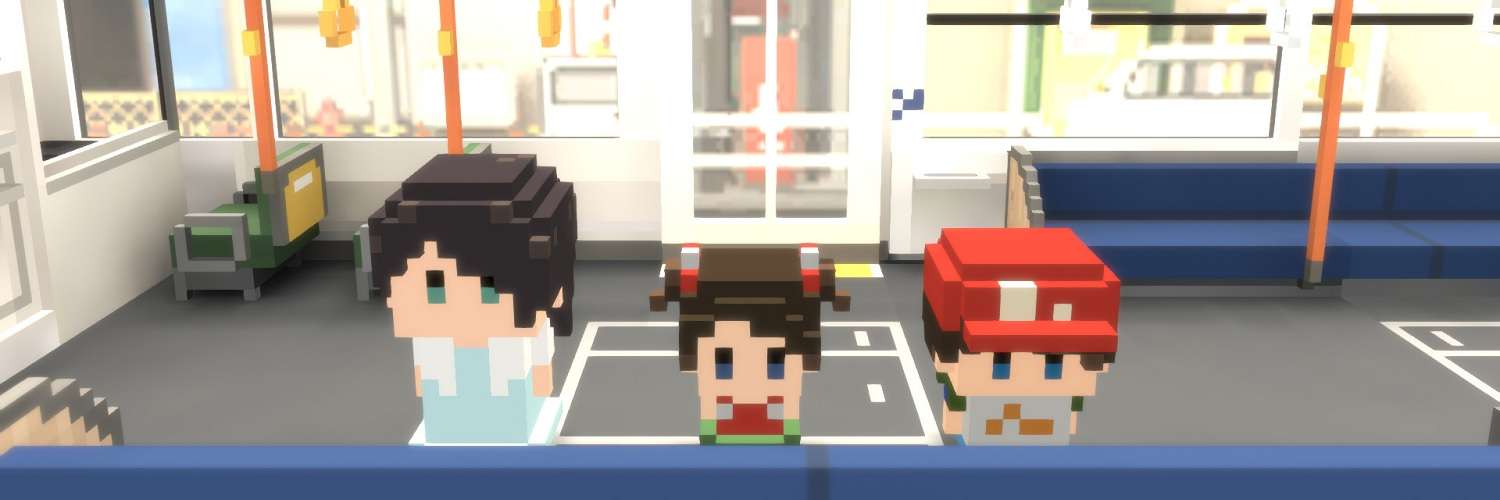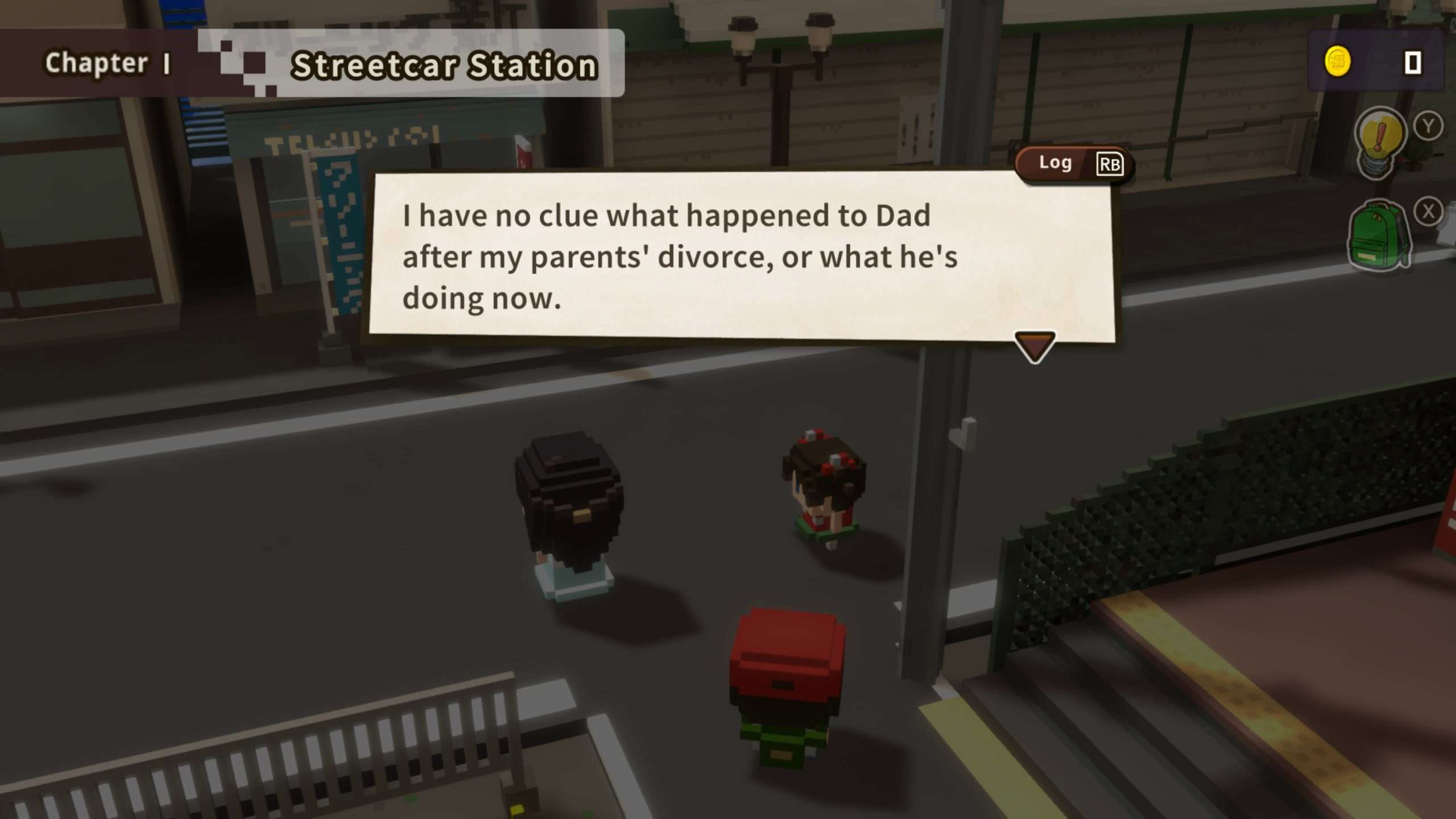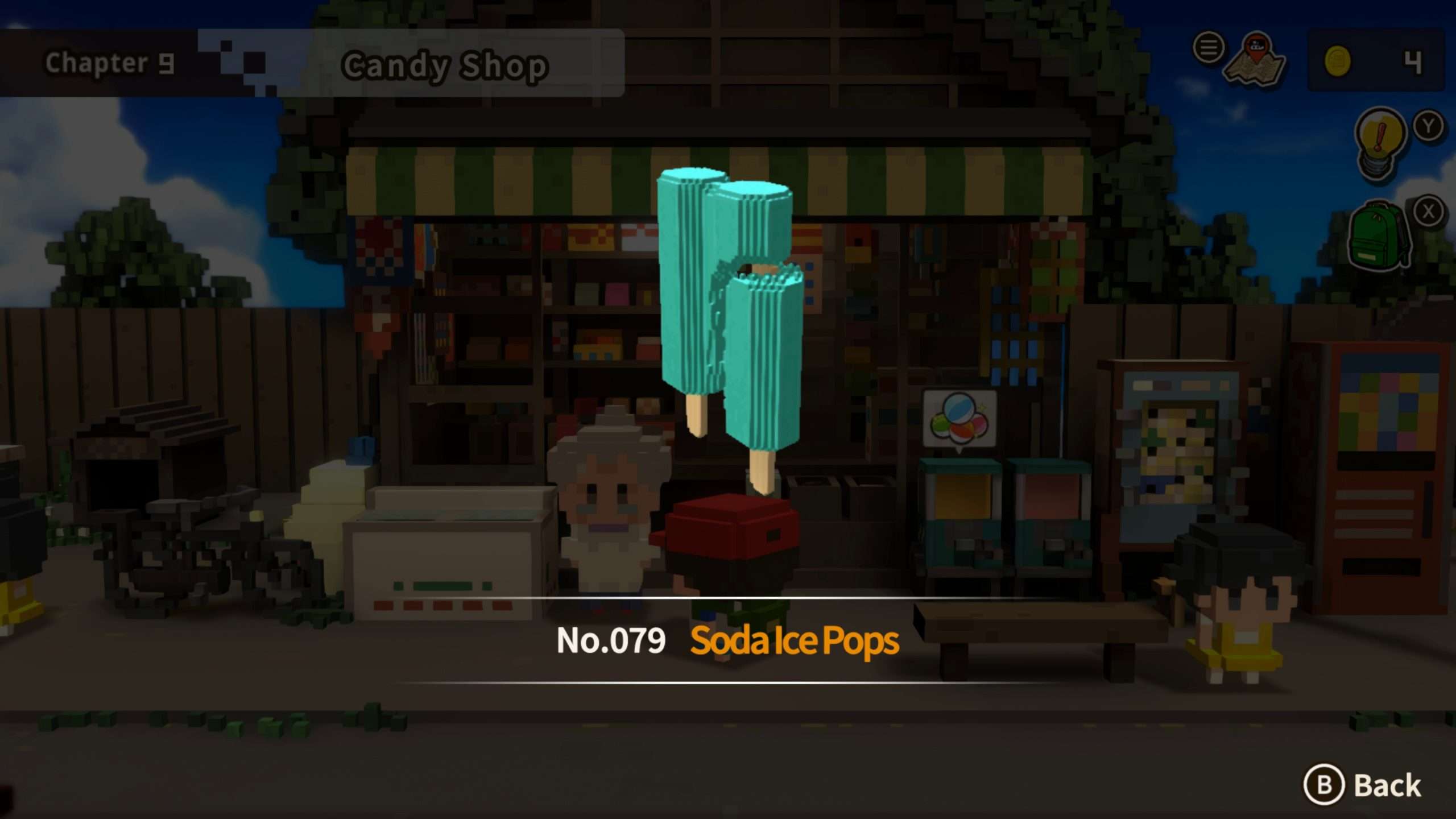
The Kids We Were PC Review
The Kids We Were is open and honest about what it is. The short and straight-to-the-point description on Steam explains that this is “A cinematic adventure game with a heavy focus on narrative”. This title is similar to Sumire – which I played last year and featured in our top 20 games of 2021 – in that it has a serious story to tell which includes young kids and their parents and is delivered through cute visuals attached to simple gameplay mechanics. This allows the game to have its story be the central point for the player without anything interrupting its delivery. The Kids We Were was initially released on mobile phones back in 2020, then had a Switch release at the end of last year with an additional bonus story chapter. This PC release just dropped at the start of the year and is the same version as the Switch release.
I knew from the opening few minutes that The Kids We Were was going to try to make me feel depressed. The game begins with a family having a train ride to the small village of Kagami. Minato, the child who the player controls during the story, is with his mum and younger sister, Mirai. The reason for the trip is for Minato’s mum to visit a memorial service, but the kids are free to spend time in the town while their mum is away. Their mum seems to suffer from a cough, which gives the signal that something is wrong with her. Minato’s sister, Mirai, also has a sickness, which she does not know herself, but her mum and brother know of it. Mirai needs bone marrow to help her with the illness, but Minato and his mum are not a match for her. This is where Minato’s secret plan comes into action. His mum and dad divorced when he was younger, but his father has not been tested to see if he has compatible bone marrow. The kids know their dad lives in Kagami, and so while their mum is away at the memorial service, the kids are hoping to find their father. Alas, it is soon found out that their dad died a few days ago due to lung disease, adding more gloom to the already sad situation.

It is this discovery about their father that begins Minato’s adventure. He is given an old notebook at the cemetery by a priest. Inside are notes about solving the Seven Mysteries of Kagami and that if these are solved, a wish can be granted. Minato is confused, but what spooks him more is that himself, 33 years in the future, arrives in front of him and explains that he must use a ship in the dig site behind the shrine that will take him 33 years into the past. There he can try to fix his family by first finding a person called Nozomi. Minato begins his true adventure as he travels back to 1987 with 72 hours to change the past so he can change the future. It is all very Back to the Future, but who does not like a good time travel story?
The story has to be solid since this is a game that lives or dies by the tale it has to tell. It is hard to review something like this without spoilers because the point of something so narrative-driven is that all the twists and turns as the story unravels are central for it to work. While I cannot break these down, I can say that this game will bring out a bunch of emotions. The Kids We Were touches on serious elements like child abuse, murder, the difficulties of dysfunctional families, and the strength of friendship and trust. The small characters involved in the story have their own quirks, and seeing them react and grow over the near 7-hour story is nice to see. They won’t stay in the player’s memory as much as someone like Clementine from Telltale The Walking Dead games, but for the game itself, the kids are what you would expect to be, or what people like me in the 80s as kids would behave like, and that sends me down memory lane.

There is not much to do on the gameplay side. This is not a story crafted with alternative paths or outcomes, something that people have come to enjoy in games like Life is Strange or Telltale’s adventure games. There is no option to get anything wrong with dialogue, no “person will remember that” scenarios. If you pick the wrong answer, it will ask you to pick again in a sort of contextual matter so it does not seem strange that the character is picking an answer again. The game keeps the player within the small areas of Kagami; the shrine, the graveyard, the bathhouse are some places that are often visited. The player is moving constantly from one destination to another to continue the story, with the only need to speak to certain people if required. The rest of the townsfolk are there as optional chats to build up some context to the town and the 1980s setting where the game mostly takes place.
During these moments to explore there are some collectibles to find. Being in the 1980s, there is a lot of nostalgic items to discover to fill up 90 slots within the item catalogue. This is done through finding hidden coins and spending them in the capsule machines or simply finding items within the town. Items represent the history of 1980s Japan. Expect to see objects like Timotei bottles, ring pops, CRTs, board games, and many other oldies all artistically drawn in the game’s voxel visual style.

I was surprised at the use of voxel style for a game like this because while it means the game looks adorable and charming, it is hard to get emotion through those visuals. There are no changes in facial expressions on the character models, nor do they animated much, just bend or wobble along to animate walking. Facial expressions are an important visual for humans picking up the feelings of others in media, as normally during scenes of sadness or joy they would be animations to display them, and so the developers have had to put the work in so that the text and music deliver these emotions, as there is no voice acting to back this up. The soundtrack overall is quite soothing, mixed with the ambient background noise of a rural Japanese town filled with cicadas ringing in the air. It switches up the music to fit the mood scene to scene, which adds to the impact during key story beats.
The Kids We Were is a simple game that is fully invested in its narrative. There is not much of a game to play here, meaning it is not for everyone; mainly fans of heavy stories or visual novels will enjoy this time-traveling, heart-warming adventure. It touches on serious topics, treating them with a good conscience, and does so while throwing in the fascination of time travel and the whole idea of “what if you could change someone’s future for the better?” The voxel graphics might not totally fit with the themes, but the music and script make up for this, which allows The Kids We Were to tug on your heartstrings with its satisfying conclusion.
